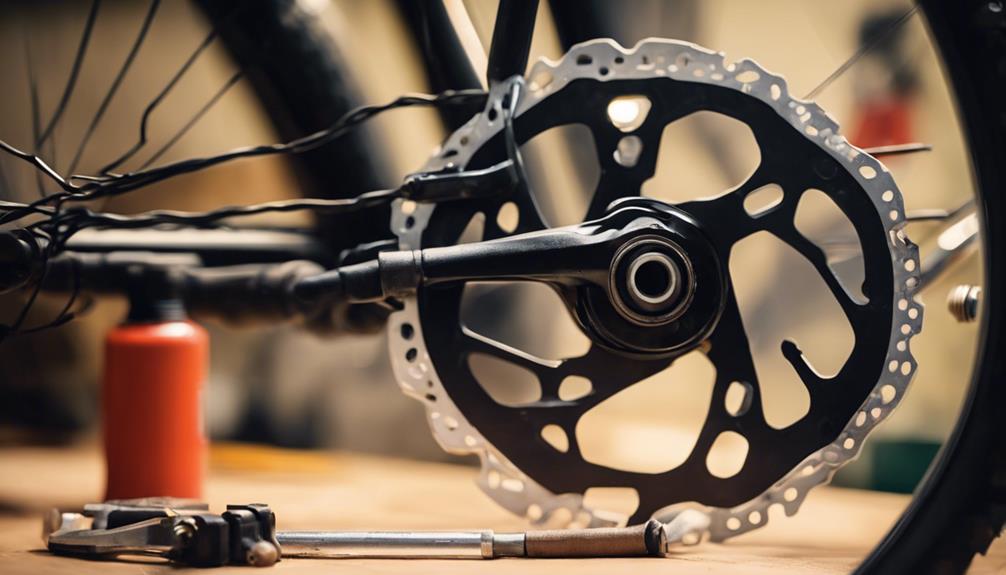In the realm of cycling, whether for competition or leisure, accuracy and performance monitoring are paramount. One of the most effective tools for achieving this is the bike power meter. This article will explore the intricacies of bike power meters, their significance in cycling, how to choose the right one, and how to make the most out of it.
What is a Bike Power Meter?
A bike power meter is a device that measures the power output of a cyclist in real-time, usually expressed in watts. This data is crucial for understanding performance, training intensity, and improving overall cycling efficiency. Unlike traditional speed or heart rate monitors, which can be influenced by external factors like wind resistance or fatigue, power meters provide a direct measurement of the effort exerted while pedaling.
Why Use a Power Meter?
Power meters offer several advantages that can help cyclists of all levels enhance their performance:
- Objective Data: Power meters provide precise, quantifiable data that helps cyclists track their performance over time without the variability of external conditions.
- Improved Training: By measuring power output, cyclists can tailor their training to specific goals, ensuring more efficient workouts.
- Performance Analysis: Power data allows for detailed analysis of performance metrics, helping athletes to understand their strengths and weaknesses.
- Better Pacing: Knowing your power output helps maintain an optimal pace during races and long rides, preventing premature fatigue.
Types of Bike Power Meters
There are several types of bike power meters, each with its unique features and functionalities:
- Crank-Based Power Meters: These are integrated into the crankset of the bike. They are generally more accurate and can measure power from both legs.
- Pedal-Based Power Meters: Installed in the pedals, these meters allow for easy transfer between bikes. However, they may not measure power from both legs as accurately as crank-based models.
- Hub-Based Power Meters: These are built into the rear hub of the bike. They are relatively easy to install and provide consistent data, but they may require a specific wheel setup.
- Chainring Power Meters: Similar to crank-based models, these are integrated into the chainring and can provide precise data for those looking to maximize efficiency.
How to Choose a Power Meter
Choosing the right power meter can be daunting, given the variety of options available. Here are some key factors to consider:
- Compatibility: Ensure that the power meter is compatible with your bike’s setup and components.
- Accuracy: Look for models that have been tested and validated for accuracy. A power meter should provide reliable data within a few percentage points of actual output.
- Measurement Type: Determine whether you want to measure total power output or independent leg power. Dual-sided meters provide more comprehensive data.
- Price: Power meters can range from a few hundred to several thousand dollars. Consider your budget and how often you plan to use it.
- Ease of Use: Some models come with user-friendly interfaces and apps, making data analysis easier.
Using a Power Meter Effectively
Once you have chosen a power meter, it’s essential to understand how to use it effectively to gain valuable insights from the data:
- Calibrate Regularly: Ensure that your power meter is calibrated according to the manufacturer’s guidelines for accurate readings.
- Establish Baselines: Conduct a Functional Threshold Power (FTP) test to determine your baseline power output. This will help you set training zones.
- Set Training Zones: Use your FTP to establish specific power zones (e.g., endurance, tempo, threshold) to guide your training sessions.
- Monitor Progress: Regularly review your power data to track improvements, adjust training plans, and set new goals.
Case Studies: Success Stories with Power Meters
Many professional and amateur cyclists have achieved remarkable success through the use of power meters. Here are a couple of notable examples:
Case Study 1: Team Sky
Team Sky, now known as Team INEOS, has consistently used power meters to optimize their training and racing strategies. By analyzing power data, the team can tailor individual training programs for each cyclist, leading to greater efficiency and performance during races, as evidenced by their victories in multiple Grand Tours.
Case Study 2: Amateur Cyclist
A local amateur cyclist trained for a charity event using a power meter. By conducting regular FTP tests and adjusting his training zones, he increased his average power output by over 20% in six months, demonstrating the effectiveness of utilizing power data for performance enhancement.
Statistics on Power Meter Usage
The popularity of power meters has surged in recent years. According to a survey conducted by CyclingTips in 2021:
- Over 40% of competitive cyclists reported using a power meter in their training.
- Among amateur cyclists, the adoption rate has increased by 30% since 2018.
- Approximately 65% of cyclists who use power meters reported improved performance metrics within the first year of usage.
Conclusion
In the world of cycling, a power meter is an invaluable tool that can significantly enhance performance and training efficiency. By providing objective and precise data, power meters allow cyclists to fine-tune their training plans, track progress, and achieve their goals. Whether you are a competitive athlete or a recreational cyclist, investing in a power meter can lead to substantial improvements in your cycling performance.
As you explore the options available, remember to consider factors such as compatibility, accuracy, and your specific training needs. With the right power meter and a commitment to utilizing the data effectively, you can elevate your cycling experience and achieve new personal bests.
